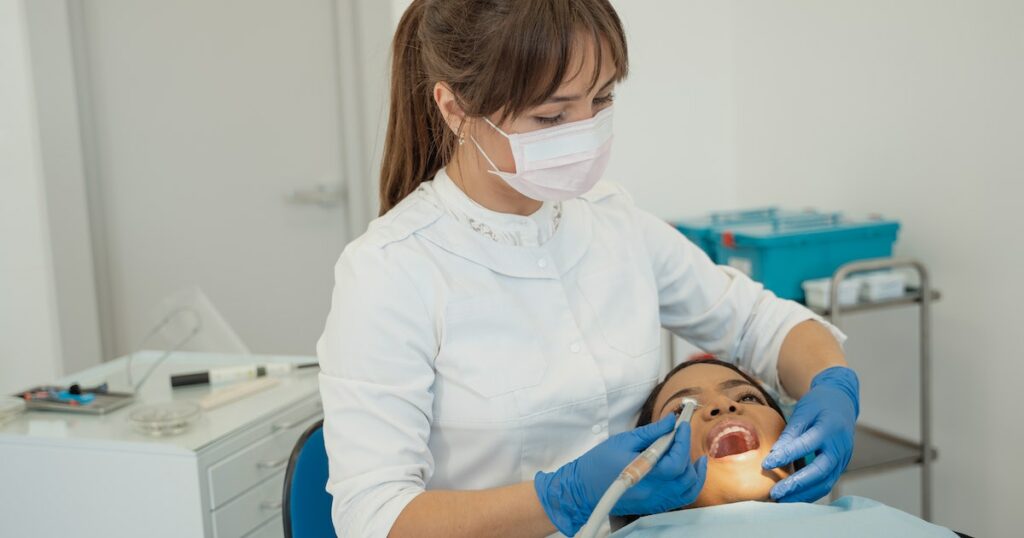Learn 11 Helpful Tips to Get the Most Out of Your Dental Insurance

It’s important to remember that choosing a filling over a crown when the latter is the superior treatment option will not end up saving you money. If you don’t give the tooth the attention it needs and the restoration fails, your child will need to go through more dental work, and you’ll have to pay for both the initial filling and the replacement crown.
3. Avoiding the Annual Deductible Payment.
When you first require medical attention during the policy year, you will often be responsible for paying a deductible (typically between $50 and $100). In the event that your kid requires restorative therapy but not preventative work, you will be responsible for this charge once every calendar year.
If you can get all of your child’s therapy done in one year, you can save money on insurance deductibles by skipping preventive care the next year. In the second year, you won’t have to pay the deductible if your child doesn’t need any restorative treatment done, such as a filling or a crown. When therapy is split up over two years, the deductible must be paid twice.
4. Maximize Your Child’s Yearly Allowances
To date, I have not found a dental insurance policy that does not cap annual benefits for each child at $1,000, $1,500, or $2,000. This is the maximum annual amount that the insurance company will pay for covered medical expenses.
An unused portion of this budget cannot be carried over into the following year, and neither can the associated benefits. This perk usually begins again on January 1st.
This is helpful for families whose children require intensive dental care but whose annual budget only allows for a certain amount. To make the most of your insurance and reduce your out-of-pocket expenses, consider scheduling two separate sessions, one in December and another in January, at the cost of $1,000 each.
It’s true that you’ll have to pay a deductible every year in this case, but it’s only $50 more than what you’d pay for an extra $1,000 in uninsured expenses. Please understand that I am not advocating for forcing a patient to get treatment if doing so is not in their best interest.
Putting off dental visits when your child is in discomfort will likely result in far more extensive damage to his or her teeth. Please don’t wait to take your kid in for dental care.


